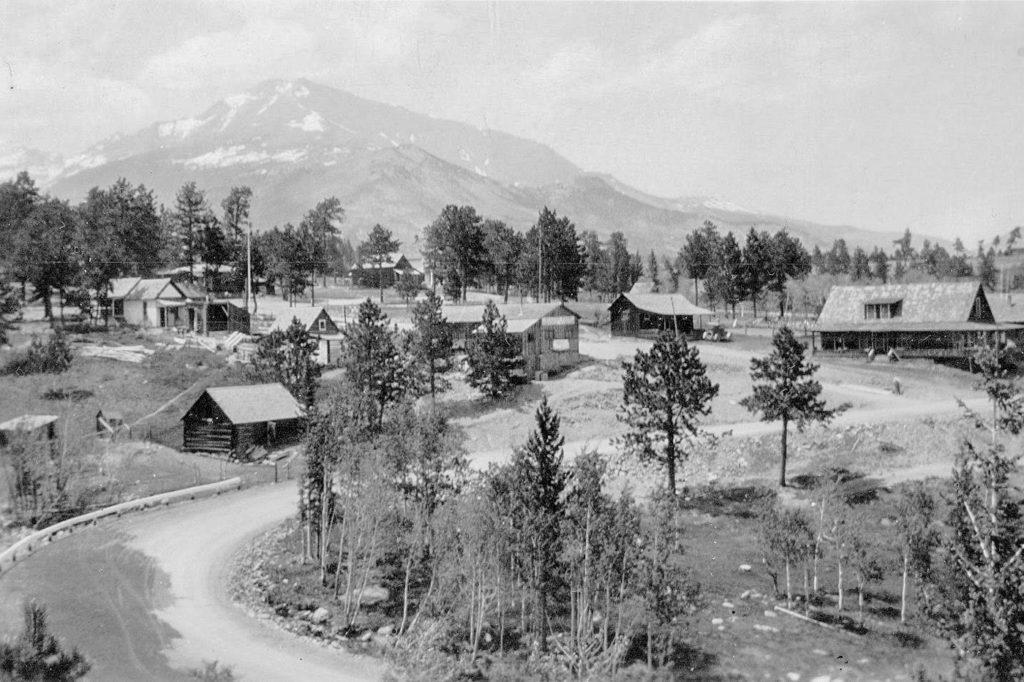
It was a perfect yarn to tell campers at Meadow Mountain Ranch in Allenspark, Colorado. Emma Fleming, a former camp counselor from Fort Collins didn’t tell ghost stories because she didn’t want to “deal with children crying in the middle of the night.”
As it was passed down from camp employee to camp employee, she instead told those Girl Scouts that the namesake of Allenspark, rancher and prospector Alonzo Allen, laced a local creek with gold flakes in order to start a gold rush.
“And of course everyone came searching for the gold and he happily built their mines and houses and production sites,” Fleming said. “And then like many small towns in the mountains, they discovered that there wasn't as much gold there as they had thought.”

The rush withered and died and what remained became a popular summer destination on the stunning Peak to Peak highway. It all came about as a result of “capitalist hi-jinks.” For years, Fleming, who was a counselor at the camp in 2012 and 2013, wondered if the story was true. She asked Colorado Wonders to find out.
Edie DeWeese knows the answer. Her family came to Allenspark, an unincorporated town of about 500 in the mountains of Boulder County in 1904. From that point on, they’ve spent summers here “starting with my great grandparents and all the way down to my niece and nephew.”
DeWeese writes for The Allenspark Wind newspaper and could be considered an amateur historian. There is some truth to the story, but Fleming got the details wrong, DeWeese said. It was not Alonzo Allen who planted the gold. Nor was the gold squirreled away in Willow Creek, known today for Crystal Springs, where thirsty cyclists stop for a drink.
“I think that somebody's got all their stories mixed up because there was gold that was planted to attract investors, but it was not in a creek. It would have washed away in a creek.”

DeWeese explained that the big swindle came after Allen’s arrival and a troika of Omaha businessmen were behind it. They’d load gold flake into a shotgun like buckshot and — BOOM — shoot it into the wall of mines so “it looked like there were gold veins in the stones.”
“Then people would come in, like investors from Omaha for instance, and they would go, ‘Oh look, look at the gold. It's right here on the surface. This is going to be a good bet. We'll make lots of money,’” she said.
The masterminds were John Bishop, William McCollister, and C.L. Tripp. They made the investment look even more irresistible by claiming that Tripp had invented technology to more efficiently extract gold.
“Supposedly it magically got more ore out of the minerals than anything else could,” DeWeese added. “So I think it was another way for him to get people to invest in something.”
She has looked at old newspaper articles about Tripp’s claims, but there wasn’t any followup. The dashing of gilded hopes is just one of the strange endings in Allenspark’s history. Its namesake Alonzo Allen became convinced the end times were coming, according to DeWeese. He planned to burn down his house and wound up at what was then The Colorado Insane Asylum in Pueblo — where he died.
Asked what she thinks about the questionable characters in Allenspark’s past, DeWeese reflected that “a place like this that's far away from town kind of self selects for unusual people.” She might even count herself among them.
Editor's Note: An earlier version of this story misidentified Willow Creek as Meadow Creek.








